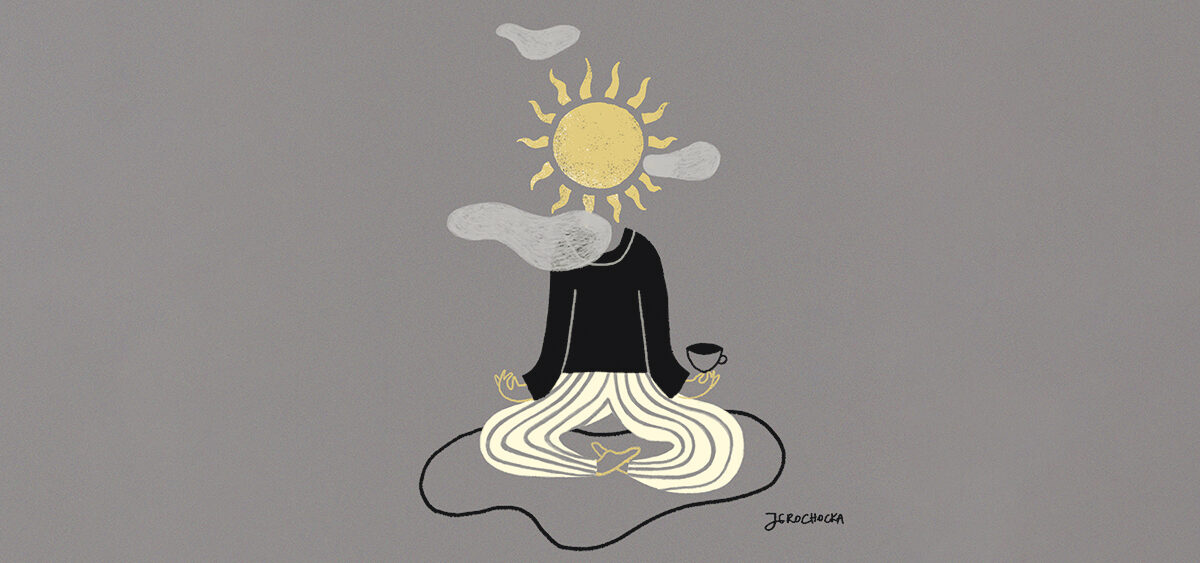
Conscious breathing is a tool that can revive the tired, the calm, and the nervous; it can set convicted criminals on the right path. Swami Jaataveda, who teaches meditation and breathing techniques around the world tells Paulina Wilk how it works.
Swami in Sanskrit means “a person who controls the senses.” It is also an honorary title in Hinduism. Swami Jaataveda has been traveling around the world for twenty years, teaching yoga, meditation, and conscious breathing, and he proves that the path to achieving inner peace, balance, and relief from stress is available to everyone, at any time. He explains why it is worth controlling your breath, what the self is and what happens when the mind stops racing.
When you do nothing, he says, many things can happen.
Paulina Wilk: We live in a very demanding world and juggle a lot of pressures every day. And we often receive the advice “Just take a breath.” But is it really that simple to take a breath?
Swami Jaataveda: Life is simple, but over time we have come to think of it as very complex. Things like breath, joy, and life itself are given to us by God. Look at little children—they’re full of joy and enthusiasm. You don’t have to teach a child to let go. It’s a natural instinct they have because a child’s level of energy and enthusiasm is so high. A child will play with his friend till late in the evening and in the morning he will run over to his friend and say, “let’s play more!” This enthusiasm is something we’re born with but as we grow up, we tend to lose it and instead we are gripped by negative emotions like stress and anxiety. This is where the role of our breath comes in.
And what role is that?
Our breath is like a vehicle that helps us find the way to our source. The moment we find it, we reach a place of ultimate joy and peace. It is also a matter of practice and study, so breathing once or twice a day for two minutes is enough to regain our natural breathing abilities. It’s good to sit back, to breathe in and out several times and immediately you’ll see a change.
Human beings breathe all the time, but involuntarily. The neurological system sends the required signals to the muscles and does the job. What is the difference between this kind of automatic breathing and the conscious act of taking breaths?
Involuntary breathing is necessary for us to live and it will continue whether we think about it or not. It is another thing to handle our brain and emotions through our breath, as they are connected. To have much-needed life-force energy, it’s worth learning certain breathing techniques, for example pranayama. This controlled method








